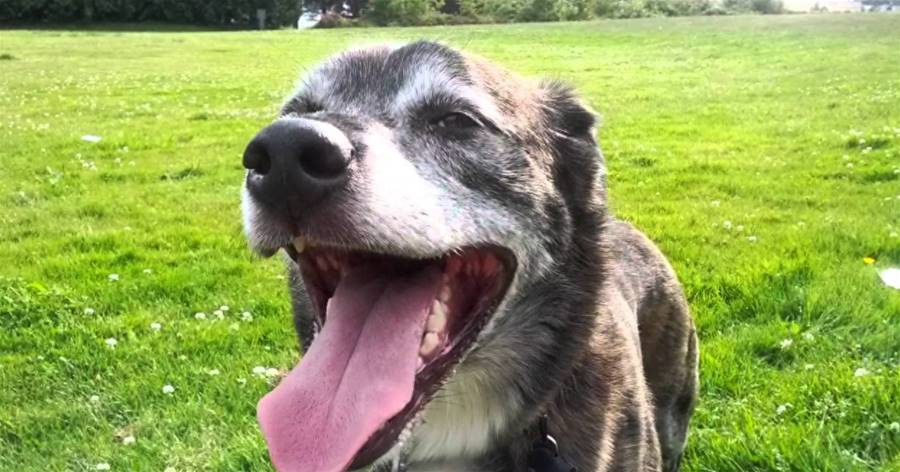

1. Introduction: Dogs often pant heavily after exercise or play, using it as a way to regulate their body temperature.
2. Recognizing Normal Panting: Panting is a normal way for dogs to cool down, and owners should use it as a sign to let the dog rest.
3. Overexertion: Owners should be aware of the dog's limit to prevent them from becoming exhausted or overheated.
4. Heatstroke: Excessive panting in hot weather can be a sign of heatstroke, which requires immediate medical attention.
5. Obesity: Overweight dogs may pant more due to difficulty regulating their body heat, and weight loss through diet and exercise should be encouraged.
6. Brachycephalic Breeds: Dogs with short noses may have more frequent panting since they have to use this method to breathe properly.
7. Illness or Poisoning: Abnormal panting can indicate underlying health issues or poisoning, requiring veterinary attention.
8. Stress or Fear: Dogs may pant more when they are stressed or frightened, and owners can help by creating a calm environment.
Conclusion: Understanding a dog's panting patterns is essential for their overall health and well-being. Stay informed about their breathing to ensure a happy and healthy pet.

